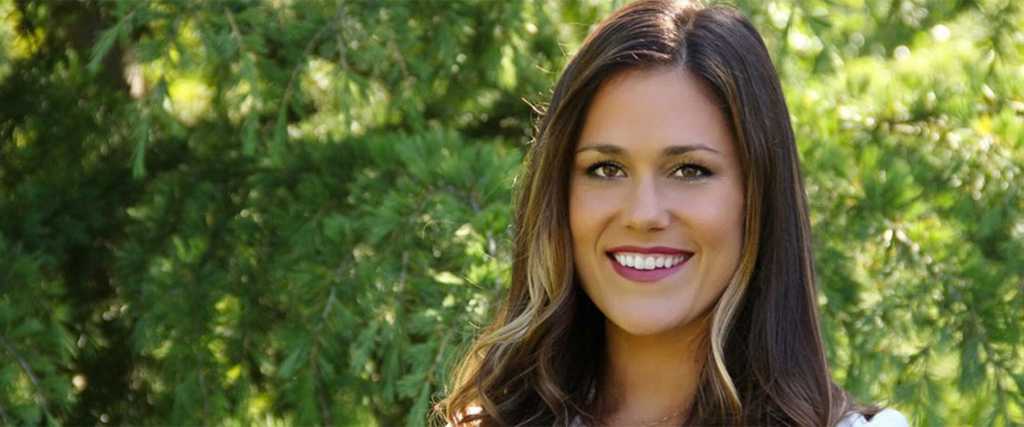Page 48 • (576 results in 0.016 seconds)
-
Personal Journey Personal Journey https://www.plu.edu/resolute/fall-2016/wp-content/themes/blade/images/empty/thumbnail.jpg 150 150 Kari Plog '11 Kari Plog '11 https://www.plu.edu/resolute/fall-2016/wp-content/uploads/sites/16/2016/05/kari-plog-avatar.jpg September 13, 2016 September 22, 2016 I entered Pacific Lutheran University in 2007 as a first-generation college student who grew up void of a faith tradition. I never really struggled with my lack of religious identity. As recent as six
-
there's no tomorrow. Timothy Siburg Timothy Siburg '09 provides consulting around mission and identity for congregations and nonprofits. Volume 1, Issue 1 RESOLUTE is Pacific Lutheran University's flagship magazine, published twice a year, with an extra online-only update in September. EDITORIAL OFFICES PLU, Building 29 Tacoma, WA 253-535-8410 Contact Us Links Features On Campus Discovery Alumni News Class Notes Calendar Credits Contact Recent Posts Discovery April 21, 2014 Saved by the Ball April 21
-
Lutes Welcome Note Setting The Course On Campus Discovery Research Grants Accolades Lute Library Blogs Alumni News Homecoming 2016 Connection Events Lute Recruit Alumni Profiles Class Notes Family and Friends Mike Benson Submit a Class Note Calendar Highlights Home Featured Stories What Was/Is It Like To Be [____] On Campus Thirteen student leaders and alumni share how identity and activism has changed throughout the decades at PLU. By Lace Smith The Call PLU exists at the intersection of spiritual
-

, garnering recognition until her retirement from the sport in 2015. When Deines made a pivot from professional sports to the finance master’s program at Pacific Lutheran University, it was a bit of an adjustment. “Soccer came easy. I’ve always known it’s something I’m good at. But with finance I’ve had to work really hard to prove myself,” said Deines, who graduated last month with a Master of Science in Finance. “It was scary to go from soccer and my identity as a soccer player and go into the
-
their pregnant and parenting identity are encouraged to connect with the Dean of Students about their questions. Details about their contact information can be found here: https://www.plu.edu/srr/
-
DJS Lounge | AUC 140 8am – 5pm, or whenever the door is open The DJS Lounge is a community that explores and celebrates issues of intersectional identity and DJS. At the DJS Lounge, students can connect with programs, staff, and resources that center the voices, leadership, and needs of minoritized identities inclusive of those who identify as people of color, LGBTQIA+, undocumented students, first in the family, and those interested in diversity, justice, and sustainability. This space is
-
reflects our priorities. As such, the Faculty Handbook can be understood as a living document, always subject to revision. Nevertheless, while the words and punctuation may change, the essence of the Handbook remains constant: it serves as a hallmark of our collective identity as faculty members and university citizens. Joanna Gregson, Provost Ninth Edition – September 30, 2020 Eighth Edition – September 1, 2014 Seventh Edition – September 1, 2011 Sixth Edition—February 5, 2003 Fifth Edition—September
-
, including our own southern border, have rekindled debates about national identity, boundaries and security. Long-sought-after civil and human rights face erosion. Drug- and gun-related violence, mass killings and terrorist attacks cripple some communities, heightening fear and mistrust in others. Meanwhile, human and non-human species confront the consequences of climate change. Pacific Lutheran University is tasked with preparing students to live, learn, serve and lead in a world beset by these and
-
This policy addresses the responsibilities of Pacific Lutheran University (“PLU”) under Title IX 2024 Final Rule, the 2013 Clery Amendments, and the Violence Against Women Reauthorization Act last amended in 2022 (“VAWA”). Title IX prohibits discrimination on the basis of sex (gender and gender identity) in education programs and activities; and, programs that receive Federal financial assistance. VAWA requires that universities have procedures in place to respond to matters of sexual assault
-
effectively, avoid identity theft, repay loans, and invest. Take an active role in enhancing your financial education and this education should start while you are in school. Start smart by: 1: Keep up with new postsBy Liking our PLU Student Financial Services Facebook page you will get important notifications and important information, like new scholarships, upcoming deadline dates, workshop opportunities and links to necessary forms and partner organizations with financial aid and financial literacy
Do you have any feedback for us? If so, feel free to use our Feedback Form.


